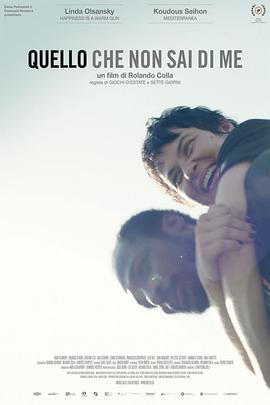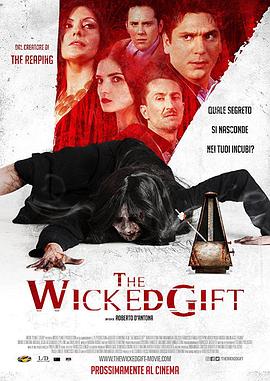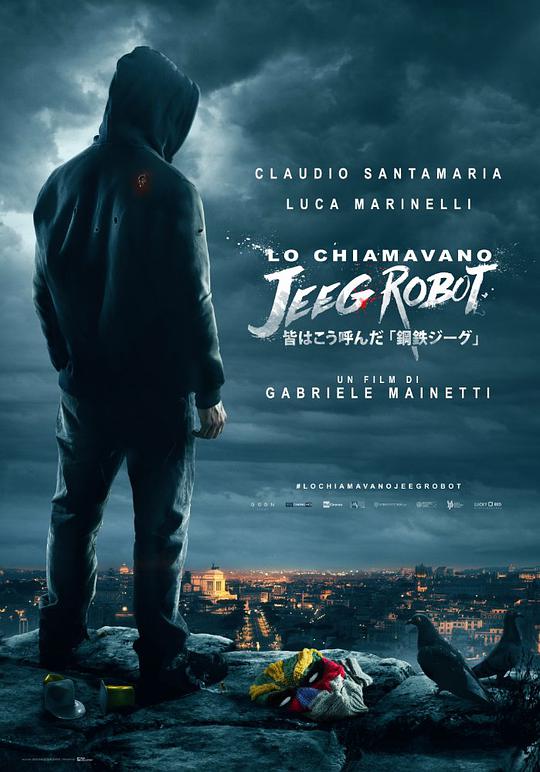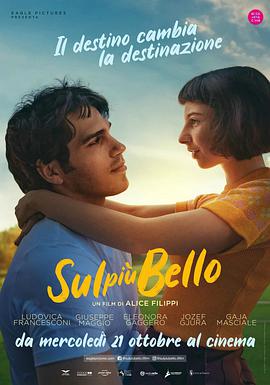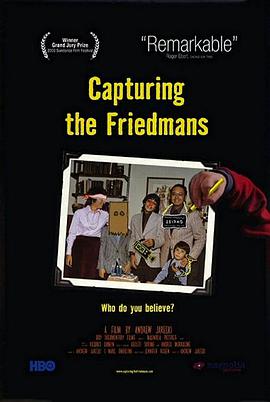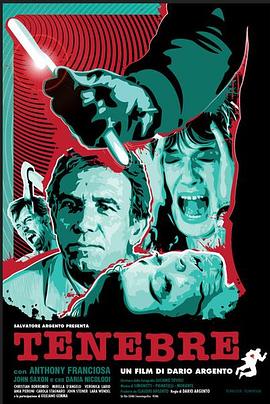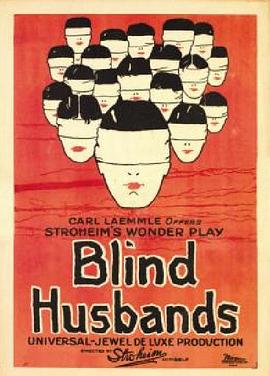-
备注:已完结
类型:爱情片
主演:Francesco Cortopassi Sara D'Am
导演:罗兰多·科拉
语言:其它
年代:未知
简介: 本片靈感來自真實故事,Patricia和Ikendu在瑞士的義大利小鎮相遇。他來自馬利,她是單親職業婦女,育有兩個女兒。Ikendu對於離開馬利的原因三緘其口,但他廚藝非常好,為Patricia混亂的生活帶來溫暖和穩定。婚後,兩人過著無憂無慮的生活,也不太過問雙方私事,但某天Ikendu被一名貪腐的警察當成毒販逮捕。兩人忽然發現對方隱瞞的事情,婚姻陷入考驗。有時兩人無言以對,有時則激烈爭執。身邊的世界突然變得難理解,卻也讓兩人的關係向前邁出了重要的一步。
-
备注:已完结
类型:剧情片
主演:阿黛尔·艾克萨勒霍布洛斯 Alexandre Perrier Mara
语言:英语,法语,罗马尼亚
年代:未知
简介:年轻空姐卡珊卓任职于廉航,每日飞往不同城市却从不观光,只想流连电音派对、沉迷酒精或在交友软体找对象。对公司来说,她是无可挑剔的员工;恪遵每条工作指南、达成每项销售目标、答应每次加班要求,甚至不声援同仁的工会活动。但在她耐心对待麻烦乘客,亲切服务倍受赞扬的完美妆容下,却没人察觉她眼底的那抹悲伤。 双导演对空服员一职细心考究,延请多位航空公司职员出演,以纪录片般的精准度,呈现空服员的专业劳动。阿黛儿艾萨卓普洛斯独挑大梁,继《蓝色是最温暖的颜色》后再展自然纯粹的本色演技,女主角的荒腔走板日常,是卡夫卡式的现代寓言,抑或是寂寞伤痛的另一种诠释?
-
备注:已完结
类型:恐怖片
主演:Roberto D'Antona Annamaria
语言:其它
年代:未知
简介:Ethan is a young, shy and rather reserved designer who has suffered from insomnia for many years due to his terrible nightmares. Believing he has a personality disorder he decides to see a therapist to solve his problem, but it will be thanks to the help of his best friend and a medium that he will face a long journey, a journey that will lead him to discover that his nightmares hide a shocking truth, something darker and more sinister than he ever imagined.
-
备注:已完结
类型:剧情片
主演:凯婷卡·安塔鲁 贾斯蒂恩·瓦戴尔 李·佩斯 Kim Uylenbroe
导演:塔西姆·辛
语言:
年代:未知
简介:电影特技演员罗伊•沃克(LeePace饰)在拍摄一组骑马从桥上一跃而下的镜头时严重受伤,导致下半身瘫痪失去知觉。此时的他极度绝望,万念俱灰,只想一死了之。正当罗伊沮丧之际,因摔断胳膊住进医院的5岁小女孩亚历珊卓(CatincaUntaru饰)闯入了罗伊的世界。这两个年龄悬殊的病友就此交上了朋友,亚历珊卓每天来罗伊的病房报到,只为听朋友讲那个玄幻神奇的故事。而罗伊用这个顺口编出的故事吸引小女孩,却想完成借机完成他的自杀计划……本片荣获2007年柏林影展玻璃熊特别表扬-最佳影片奖、Sitges-CatalonianInternationalFilmFestival的最佳影片奖、2008年奥斯汀影评人协会奖最佳剧本。
-
备注:已完结
类型:恐怖片
主演:安东尼·弗兰西欧萨 约翰·萨克松 达里亚·尼科洛迪 朱利亚诺·杰玛 C
导演:达里奥·阿基多
语言:其它
年代:未知
简介:美国作家彼得•尼尔(Anthony Franciosa 饰)善写恐怖惊悚小说,其作品风靡欧洲各国。不久前,意大利出版了他的最新作品——《坦妮布丽(Tenebre)》,很快他便收到一封来自罗马的信件。来信者称他从彼得的作品中得到灵感,并运用到杀人的实践中去。随后一名年轻漂亮的女子被人残忍杀害,其作案手法正与《坦妮布丽》中的杀人手法相同。 彼得立即联系罗马警方,两名得力警探(Giuliano Gemma Carola Stagnaro 饰)随即受命调查此案。然而罪犯并未就此罢休,不断有年轻女性遇害。一时间人心惶惶,形势迫在眉睫……
-
备注:已完结
类型:剧情片
主演:萨姆·德·格拉斯 Francelia Billington 埃里克·冯
导演:埃里克·冯·施特罗海姆
语言:英语
年代:未知
简介:Two differences between this Austrian version and the generally available American version are immediately obvious they differ both in their length and in the language of the intertitles. The American version is only 1,883 metres long - at 18 frames per second a difference of some 7 minutes to the Austrian version with 2,045 metres. Whereas we originally presumed only a negligible difference, resulting from the varying length of the intertitles, a direct comparison has nevertheless shown that the Austrian version differs from the American version both in the montage and in the duration of individual scenes. Yet how could it happen that the later regional distribution of a canonical US silent film was longer than the original version The prevalent American version of Blind Husbands does not correspond to the version shown at the premiere of 1919. This little-known fact was already published by Richard Koszarski in 1983. The film was re-released by Universal Pictures in 1924, in a version that was 1,365 feet (416 metres) shorter. At 18 frames per second, this amounts to a time difference of 20 minutes! Titles were altered, snippets of action removed and at least one major scene taken out entirely, where von Steuben and Margaret visit a small local chapel. (Koszarski) From the present state of research we can assume that all the known American copies of the film derive from this shortened re-release version, a copy of which Universal donated to the Museum of Modern Art in 1941. According to Koszarski the original negative of the film was destroyed sometime between 1956 and 1961 and has therefore been irretrievably lost. This information casts an interesting light on the Austrian version, which can be dated to the period between the summer of 1921 and the winter of 1922. Furthermore, the copy is some 200 metres longer than the US version of 1924. If one follows the details given by Richard Koszarski and Arthur Lennig, this means that, as far as both its date and its length are concerned, the Austrian version lies almost exactly in the middle between the (lost) version shown at the premiere and the re-released one.A large part of the additional length of the film can be traced to cuts that were made to the 1924 version in almost every shot. Koszarski describes how the beginning and the end of scenes were trimmed, in order to speed up the film. However, more exciting was the discovery that the Austrian version contains shots that are missing in the American one - shotscountershots, intertitles - and furthermore shows differences in its montage (i.e. the placing of the individual shots within a sequence). All this indicates that Die Rache der Berge constitutes the oldest and most completely preserved material of the film.

